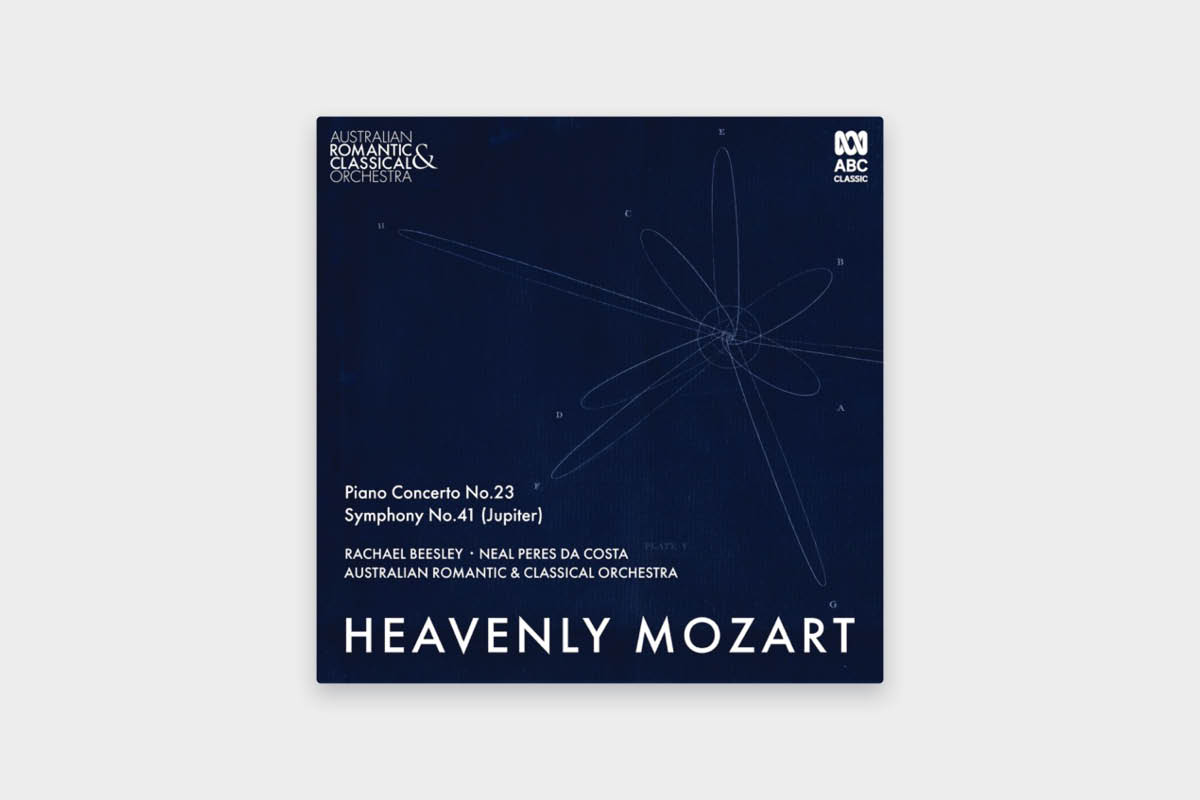I wonder whether Mozart would be entirely happy with his music being described as “heavenly”, not least the two popular instrumental works featured in this program: the Piano Concerto No. 23 in A major, K. 488 and Symphony No. 41 in C major, K. 551 (Jupiter). To be sure, the Australian Romantic & Classical Orchestra bring ample serenity to the more reflective moments of each, but elsewhere the music speaks more of earthly desires and dramas.

If “heavenly” is also meant to confirm cosy notions about how Mozart is performed, listeners will be certainly surprised by the thought-provoking account of the concerto featuring Sydney pianist and academic Neal Peres Da Costa, who brings his wealth of knowledge about early performance styles to the task. Playing a recent Viennese-action fortepiano modelled after an 1805 instrument by Anton Walter & Sohn, Da Costa incorporates insights gleaned from nineteenth-century virtuoso Carl Reinecke and in the central Adagio uses a heavily ornamented version prepared for the composer’s student Barbara Ployer.
While Da Costa’s ornamentation and arpeggiation work well with the fortepiano, his flexibility with tempo and delaying of agogic accents run the occasional risk of outwearing their...










Comments
Log in to join the conversation.